What kind of soil does lavender like?
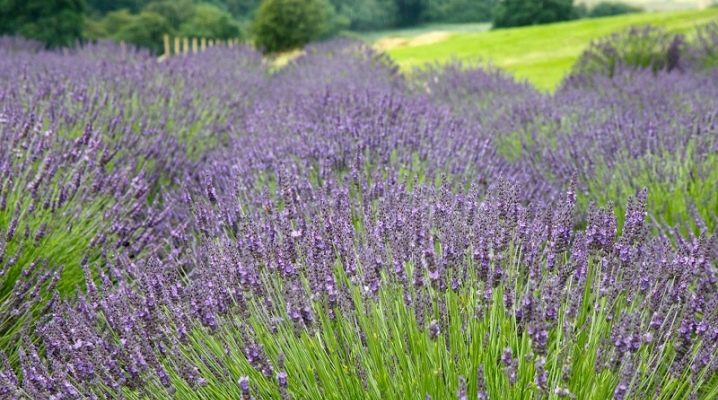
Lavender is considered a plant in the fields of Provence, although this flower is more common in the Middle East, India and Australia. And it is also found now in central Russia and regions of neighboring countries similar in climate.
Growing lavender is another quest, a capricious plant, and it is not always possible to get what you see in your dreams the first time. About cultivation, care, information must be selected carefully, carefully reading each recommendation. And about the choice of soil for lavender - too.
Acidity and type of soil
It is probably known to all beginners that lavender does not tolerate dense soils. She definitely loves warmth, does not really like water, reacts well to the presence of space and can grow even in a depleted land - if this is very thesis about lavender's demands.
Actually, the best climate for her will be dry and sultry Spanish, so cool and moist soil are not friends for this flower at all. Lavender growing in moist soil will die or, if you're lucky, it will just bloom very weakly.
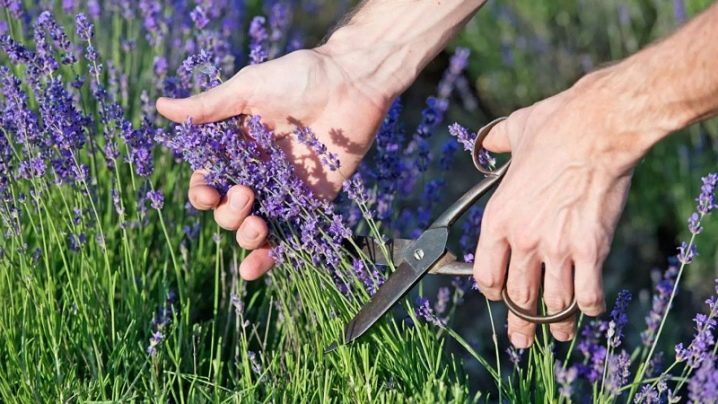
If a region with significant humidity, then the space for the plant needs to be expanded - this way it will provide itself with a larger volume of air to ventilate excess moisture.... This will help prevent lavender diseases. If an excess of water in the soil is expected, the drainage system must also be perfect. What about the acidity of the soil:
- the optimal acidity index is in the range of 6.5-8 pH;
- standard garden soil contains such an interval, therefore, in principle, you can take it;
- that is, the soil will be required with a neutral reaction, the acidic soil will have to be deoxidized by liming, and the alkaline one is also of little use.
Sandy loam soil is the best option for lavender. Such a substrate is light, similar to sandy soil, only there is more clay in sandy stones. And this is an advantage for such a soil, since clay can retain organic matter and minerals in the soil. Such soil warms up faster and can retain heat for a long time. The soil does not allow water to pass through so much and is well aerated. True, before planting lavender specifically in such a land, it is better to lime it or add a little wood ash. If you organize the culture afterwards, proper care and drainage, the plant will feel good. Does not like lavender of sod and leafy land with a slightly acidic reaction, humus soil (lavender grows very poorly in too fatty), coniferous (too high acidity) and heather (also high acidity)... It is better not even to try to plant this flower in such soils.
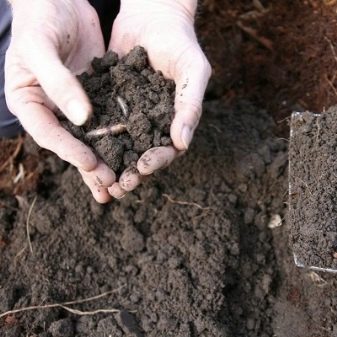

How to determine the composition of the land on the site?
Few people acquire a plot, knowing exactly what kind of land there is. Therefore, all recommendations about acidity and not only are quite theoretical for the owner of a garden. But science is not tricky, you can learn to determine the earth correctly. Of course, the maximum accuracy of the analysis for the designation of the same acidity will be from the laboratory. You can also use a pH meter or just buy a special litmus paper.
How to test for acidity - take about 10 g of soil, dilute with 25 g of water, mix well and let stand. And when the soil settles, lower the indicator into this solution, visually assessing its paint.
What the indicator color will say:
- red indicates high acidity of the soil;
- orange - medium acidity;
- yellow-orange indicates weak acidity;
- green indicates that the soil is neutral;
- blue indicates alkaline soil;
- dark blue is nothing more than concentrated alkali.
The so-called folk methods, of course, have not been canceled either.... A teaspoon of soil is poured into a plate, pouring it with a 9% solution of vinegar. And if such a reaction gives a copious foam, then the soil is alkaline. If the foam is small, the medium is neutral, if there is no foam at all, the soil is acidic.


The mechanical composition of the earth can also be determined in a non-laboratory way.... You need to take a handful of earth, evenly moisten it to a pasty state. Then a cylinder must be rolled out of it, about 0.3 cm in diameter. A ring is rolled out of this cylinder, which will be an indicator of the mechanical composition of the soil.
How to analyze the appearance of an earthen ring correctly:
- if it rolls up freely, while maintaining its shape, it means that it is clay soil;
- if the ring is cracked, then it is loam;
- if the ring cannot be connected at all, then the soil is light and sandy loam (which is what is needed for lavender).
By the way, you can also understand by the plants on the site what kind of soil is on it. Where coltsfoot, buttercup or sorrel grow, the soil is sour. But if the rape grows in the garden, the soil is clearly alkaline.
You can invite specialists who will come with instruments and give a full description of the land on the site. You can take the sample to a laboratory. But even such simple methods as described above are also quite informative.
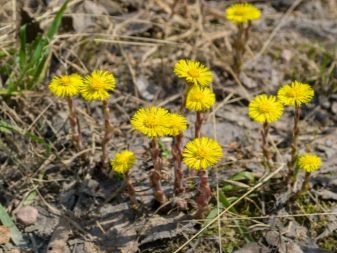
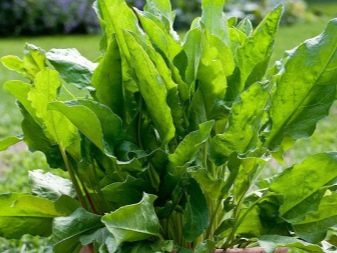
Preparing the soil for planting
But lavender is grown not only on the site, but also at home, in a pot. For seedlings of room lavender, it is also worthwhile to properly prepare the soil. At home she will need fertile soil, light, with good permeability, neutral or slightly alkaline, enriched in calcium.
You can take a universal soil for garden plants, it should fit, only it will need to be mixed with sand in equal proportions. However, today you can find ready-made lavender substrate in stores - the easiest and most convenient option for growing lavender at home.
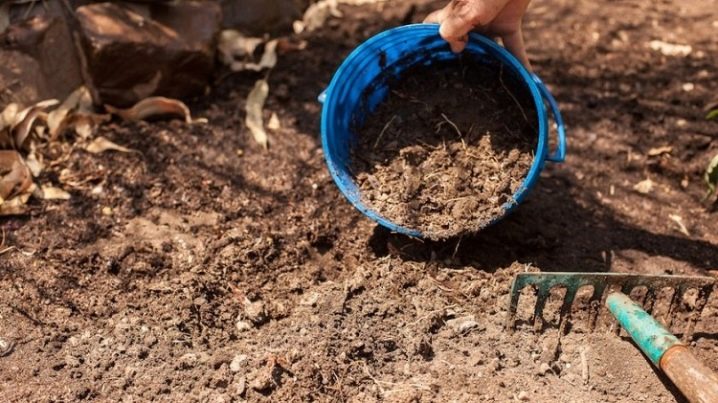
Recommendations for preparing the soil for growing will come in handy for every novice gardener.
- Acidic soil can be made alkaline by adding slaked and natural lime to it. And you can also add eggshells to the soil, although this will not be as effective as with lime. Furnace ash (wood ash only) will also work.
- 1-2 kg of lime per square meter, and once every 10 years, this is enough to make the acidic soil alkaline. And it is definitely necessary for lavender to do this, since deoxidizing the soil helps to maintain the activity of microorganisms useful for plants in it.
- If the soil on the site is heavy and clayey, and you really want to grow lavender, you can do the following - add coarse sand, crushed stone, even granite chips to the soil.
- If the climate in the region is humid, it is better to make the beds on a hill, and adjust their height in the direction of growth upward, so drainage will be faster.
- In the same Provence, lavender grows well in rocky soil with limestone drainage. And if the soil is fresh or dry, if it permeates water well, if it is lime and moderately nutritious, lavender should be comfortable in it.
- You do not need to fertilize the soil. Depleted soils are closer to this plant. Perhaps add a little compost in the spring. Mulching lavender is also not worth it, as mulch predictably retains moisture, which this culture does not like at all. And lavender is watered exclusively for the first months of growth, but in general, it normally tolerates drought.
Lavender is a great plant for a rocky ornamental garden. In high flower beds and alpine hills, she feels great. And it is also important for her to be in the sun for at least 6 hours a day, this ensures her flowering. Successful cultivation!
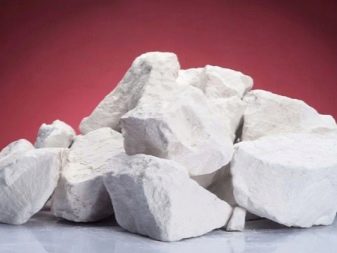
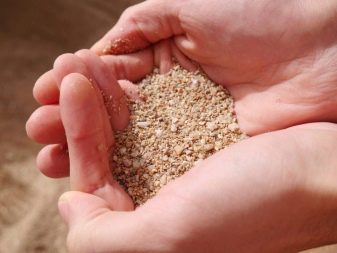







































































































The comment was sent successfully.